What is Best Magnifying Glass? 🔍
➡️ Before starting an overview of magnifying glasses (loupes), we must understand what it is: Loupe (magnifying glass) – an optical system consisting of one or more lenses and is designed to magnify and observe small objects located at a finite distance.
🔥 It is used in many areas of human activity, including biology, medicine, archeology, banking and jewelry, forensic science, the repair of watches and radio-electronic equipment, as well as in philately, numismatics, and logistics. The choice of the magnifier you need depends on where you will use it. And so, we have 15 of the best-magnifying glasses on our review today.
Benefits 🔥
| 🔍 Improves Vision: This is the most obvious benefit. They help to enlarge small text or details that are hard to see with the naked eye, making them clearer and easier to read or inspect. |
| 📖 Aids Reading: For people with vision problems or the elderly who might struggle with small print, it can be a great aid for reading books, newspapers, or other documents. |
| 🔬 Inspection and Detail Work: They can be extremely helpful in fields that require a close examination of details, such as electronics, philately (stamp collecting), numismatics (coin collecting), jewelry making, and watch repair. They can also be useful in scientific research and for tasks like removing splinters. |
| 🎓 Aids in Education: They are excellent tools for children. They can stimulate curiosity and facilitate close observation in science and nature studies. They can also help children with visual impairments in their educational pursuits. |
| 🎨 Art and Craft: In detailed artwork or crafts, they can help the artist see minute details that would be difficult to see otherwise, ensuring accuracy and precision. |
| 🎒 Portable and Convenient: Most of them are lightweight and compact, making them easy to carry around. Some even fold up to fit into a pocket or purse. This means you can have them on hand whenever you might need them. |
| 💡 Illumination: Many modern magnifying glasses come with built-in LED lights. This makes them even more useful as it allows you to see clearly in low-light conditions or highlight subtle details. |
| 👐 Hands-free Use: Stand magnifiers or magnifying lamps allow for hands-free use, which can be extremely useful when you need both hands for tasks like soldering, needlework, or intricate repairs. |
| 💰 Affordable: They come in a range of prices, but even high-quality options are often quite affordable, making them accessible to most people. |
Features 👍
- 🔍 Certain they offer the ability to adjust the focal length or focus, allowing users to fine-tune the clarity and sharpness of the magnified image according to their specific requirements.
- 🔁 Some of them come with interchangeable lenses of varying magnification powers. This versatility enables users to switch between different lenses based on the level of magnification needed for different tasks or objects.
- 📏 Feature a folding or collapsible design, allowing them to be easily stored or carried in a compact form. This feature is particularly useful for travelers or individuals who require a portable magnification solution.
- 🌟 To minimize glare and reflections, they have an anti-reflective coating on their lenses. This coating enhances visibility by reducing unwanted light reflections, ensuring a clear view of the magnified object.
- 🔎 Certain magnifying glasses incorporate dual lenses or a bifocal design, providing two different magnification powers in one device. This feature enables users to switch between different levels of magnification without needing to switch to a separate magnifying glass.
- 📏 Some have built-in measurement scales or rulers along the edge of the lens. This feature allows users to easily measure the size or dimensions of objects while magnifying them.
- 💡 To built-in lighting, they have a hands-free illumination feature. These may include wearable magnifying glasses with built-in LED lights that can be adjusted or angled to provide direct lighting on the object being magnified.
- 🕶️ They with specialized lenses that filter out harmful ultraviolet (UV) or blue light are available. These lenses protect the eyes from potential damage caused by prolonged exposure to these types of light.
- 📷 Some modern of them incorporate digital technology, such as integrated cameras or screens. These digital magnifiers can capture images or display the magnified view on a screen, allowing for enhanced clarity and additional functionalities like image capture or zooming.
- 🔌 They are designed to be compatible with accessories such as tripods, lens attachments, or auxiliary lighting devices. This compatibility allows users to customize their magnification setup and adapt it to specific tasks or preferences.
Magnifying Glass Buying Guide 🛒
When buying, there are several factors to consider to ensure you choose the right one for your specific needs. Here’s a simple guide to help you make the right choice:
- 🔍 Magnification Power: This refers to how much larger the lens can make an object appear. Magnification power is usually indicated by ‘X’ and the magnification number. For example, a magnifying glass that says ‘2X’ makes an object appear twice as large as it would to the naked eye. If you’re using it for casual reading or hobbies, a 2X to 4X magnification should suffice. For more detailed tasks like inspecting jewelry or electronics, you may want a higher magnification, such as 10X to 20X.
- 🔭 Diameter: The diameter of the lens determines the field of view, or how much you can see at once. Larger lenses provide a wider field of view, which can be helpful for reading or viewing larger objects. However, a larger lens often means a larger and potentially heavier magnifying glass, so consider what will be comfortable for you to hold and use.
- 🔬 Quality: A high-quality lens will provide a clearer and sharper image. It should be free of distortions and aberrations. Some lenses come with an anti-reflective coating, which can help reduce glare and improve clarity.
- 🔍 Material: Magnifying lenses can be made from glass or plastic. Glass lenses are usually clearer and more scratch-resistant, but they’re heavier and can break more easily. Plastic is lighter and more durable, but it can scratch more easily and may not provide as clear an image as glass.
- 💡 Illumination: Some magnifying glasses come with built-in LED lights. This can be helpful for seeing details in low-light conditions or adding extra light to your subject. Check for a model with an adjustable light, so you can control the brightness.
- 💼 Design and Comfort: Look at it with an ergonomic, comfortable handle. If you plan on using it for extended periods, you may want to consider a hands-free model, such as a stand magnifier or a magnifying lamp.
- 🌁 Portability: If you need to carry it with you, consider a pocket-sized or folding model. These are smaller and often have a protective cover to keep the lens safe when not in use.
- 💰 Price: Finally, consider your budget. Higher magnification power, larger diameter, and higher lens quality typically come at a higher cost. However, an expensive one isn’t necessarily better than a more affordable one. Look for a model that provides the features you need at a price you’re comfortable with.
☝️ Remember to always test it before purchasing, if possible. This will give you an idea of its performance and whether it will suit your specific needs. If you’re purchasing online, read customer reviews to gain insight into the product’s quality and functionality.
Best Magnifying Glass Review
1# Galco Magnifying Loupe Glass With Case
Crafted with meticulous attention to detail, this premium loupe glass features a metal-rimmed 3X glass lens that guarantees exceptional clarity and sharpness. Whether you’re examining intricate details, scrutinizing fine print, or inspecting valuable collectibles, it will deliver unmatched precision.
It is designed with convenience in mind. Its slim profile and protective dark Havana leather case make it easily portable, allowing you to carry it effortlessly in your pocket or bag. The durable glass construction ensures long-lasting use, making it a reliable companion for years to come.
Not only does it offer exceptional functionality, but it also exudes elegance and sophistication. The dark Havana color adds a touch of timeless style, while the meticulous craftsmanship reflects its commitment to excellence.
2# Carson MiniBrite 5x Magnifying Loupe Glass
This compact and versatile magnifier is designed to bring clarity and convenience to your everyday tasks. With its 5x magnification, it allows you to see intricate details with ease. Whether you’re reading small print, examining fine craftsmanship, or working on intricate projects, this magnifier delivers exceptional visual clarity, making your tasks more enjoyable and efficient.
One of the standout features is its built-in bright LED light. This illumination ensures that you have optimal visibility even in low-light conditions. No more straining your eyes or squinting to see the finer details. The LED light provides clear and consistent illumination, enhancing your viewing experience.
Designed for portability, it is compact and lightweight. It easily fits in your pocket or purse, making it convenient to carry wherever you go. Whether you’re at home, in the office, or on the go, it is always within reach to assist you.
3# Carson SplitHandle 2x-3x Magnifying Glass
This versatile magnifier is designed to enhance your viewing experience and make everyday tasks easier and more enjoyable. With its 2x and 3.5x magnification capabilities, it allows you to see objects with remarkable clarity and precision. Whether you’re reading small print, examining fine details, or working on intricate crafts, it will bring everything into sharp focus.
One of the standout features is its convenient split handle design. You can use it as a handheld magnifier for quick and effortless viewing, or attach the included neck strap for hands-free use. This flexibility ensures maximum comfort and convenience, making it perfect for extended use.
Equipped with a powerful LED light, it illuminates your subject, providing optimal visibility even in dimly lit environments. Say goodbye to straining your eyes and hello to clear and bright viewing conditions. Crafted with precision and durability in mind, it is built to last. Its compact and lightweight design makes it easy to carry with you wherever you go, ensuring that you always have enhanced vision at your fingertips.
4# Discovery Kids LED Magnifying Glass
With its powerful 3x magnification and built-in LED lights, it brings the world around you into sharp focus like never before. Experience the thrill of reading small print with ease, observing intricate details of insects and plants, and uncovering hidden secrets in your surroundings. The 3x magnification ensures clear and enlarged views, allowing you to see the fine details that may have gone unnoticed.
Equipped with 8 LED lights, it illuminates your subject, ensuring bright and well-lit viewing. Whether you’re exploring the outdoors or indulging in indoor hobbies, the LED lights provide the perfect amount of light to enhance visibility and ensure a delightful viewing experience.
Designed for convenience and portability, it comes with a drawstring pouch for easy storage and on-the-go adventures. Take it with you wherever you roam, whether it’s for a nature walk, a trip to the park, or simply exploring the corners of your home.
5# Carson 4.5x SensorMag Magnifier SM-44
It will be very useful for photographers. This helps you clean the lens from dirt and dust. This magnifier fits comfortably inside the camera lens hole and has an adjustable focus for different camera sizes. it hands-free magnifies the image and helps you clean the sensor.
Several diameter settings are suitable for most Canon and Sony DSLR cameras. The six bright LEDs at the base of the Carson Sensor-Mag LED help you clean your sensor. It features a unique magnifying glass that can be rotated 45 degrees to the side for better access to the sensor, leaving room for a small tool or brush to clean the sensor. Its compact size allows it to be carried in a camera bag.
6# Carson Remov-A-Lens RL-30
It is an excellent illuminated 3-in-1 portable magnifier with three interchangeable lenses with varying magnifications. Easy to use: To change this in Carson Remov-A-Lens, you just need to choose one of three lenses and insert them into the handle. Press the button on the side of the magnifier handle to release the lens and select a new one.
The ergonomic handle fits perfectly in the palm of your hand and has a non-slip rubber grip. The fold-out legs can be extended out of the handle to adjust the magnifier for hands-free operation. Crystal clear acrylic lenses and two ultra-bright LED lights enable it to deliver crisp, bright, and magnified images.
7# Bausch & Lomb 81-23-67
Experience the power of this compact and versatile magnifier loupe, designed to elevate your viewing experience and bring you closer to the details that matter. With its range of magnification options, from 5x to 20x, it delivers crystal-clear detail and exceptional clarity. Explore intricate textures, read the fine print with ease, and examine objects with precision, all in one portable device.
Designed with portability in mind, it easily fits into your pocket, making it the perfect companion for on-the-go use. Whether you’re traveling, exploring nature, or pursuing your hobbies, you’ll always have it at your disposal, ready to reveal the world in extraordinary detail.
It offers three different magnification levels: 5x, 7x, and 9x. Seamlessly switch between lenses to adapt to various tasks and achieve the optimal level of magnification for your specific needs. From intricate craftsmanship to detailed inspections, this magnifier has you covered. Built with high-quality materials, it ensures long-lasting durability. The durable plastic swing-away case provides secure storage and protects the lenses from damage, ensuring that your magnifier remains in pristine condition over time.
8# Bausch & Lomb Folding Pocket Magnifier Loupe
With its exceptional magnification power of 4x, it is perfect for a wide range of applications, from examining intricate details to reading fine print with ease.
One of the standout features is its folding handle, allowing for easy portability and convenient storage. Slip it into your pocket or purse without adding unnecessary weight or bulk. Whether you’re a watchmaker, jeweler, or simply someone who values clear and detailed vision, it is a must-have tool.
Featuring a 36mm lens diameter, it delivers crystal-clear images and high resolution. Say goodbye to distortion and hello to pristine optical performance. You’ll experience crisp, sharp visuals that make every detail pop.
9# Reizen Golden Pendant Magnifier Loupe
This gold pendant magnifier can replace your jewelry. It will complement any outfit both during the day and at night. People around you will appreciate this glamorous piece of jewelry around your neck. It is a glamorous necklace and a powerful 4x glass loupe.
It hangs gracefully around your neck on a long 33 ” gold-plated rope chain, so you’ll have it close at hand whenever you need it. Comes with a free cleaning cloth and vinyl storage case to keep your hanging it in top condition when not in use.
What Is the Difference Between an Extra-large Magnifying Glass and Microscope? 🔍🔬
🐘 An extra-large magnifying glass and a microscope are two distinct optical instruments that serve different purposes despite having some similarities. Both devices are designed to magnify objects and provide enhanced visibility, but they differ significantly in terms of their functionality, magnification capabilities, and intended applications.
🔬 A microscope is a sophisticated scientific instrument used for detailed examination and analysis of objects at the microscopic level. It consists of multiple lenses, an illumination system, and a mechanical stage for positioning and manipulating specimens. Microscopes offer significantly higher magnification powers compared to magnifying glasses, typically ranging from 40x to several thousand times. They allow for precise observation of minute details in biological samples, cells, tissues, microorganisms, and other microscopic structures. They also often offer additional features like various imaging techniques, advanced focusing mechanisms, and the ability to capture images or record videos.
🔍 On the other hand, an extra-large magnifying glass, also known as a hand lens, is a simple handheld optical device primarily used for magnifying small objects or text for general observation or reading purposes. It typically consists of a single convex lens mounted in a frame or handle. While they provide relatively lower magnification powers compared to microscopes, typically ranging from 2x to 20x, they offer a wider field of view and are generally more portable and convenient to use. They find applications in a variety of fields, such as reading the fine print, examining jewelry, analyzing geological samples, or engaging in hobbies like stamp or coin collecting.
FAQ ❓
Conclusion 😎
📆 In everyday life, magnifiers can be used for reading or looking at some small details (for example, a drawing or an inscription). Magnifiers have their own characteristics and characteristics depending on the scope of application. But any of them is represented by a magnifying glass with two convex surfaces inserted into the frame. Loupes are different.
👍 The device can be supplemented with a mount, holder, and even a whole range of highly targeted accessories. Professional magnifiers designed for use in a specific area of work (cosmetology, medicine, etc.) are complex. An ordinary magnifier that is used for household purposes, as a rule, is not complicated by special designs. This subject is extremely simple and understandable even for children.
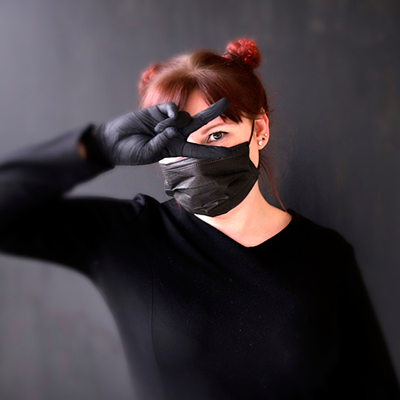
That is why it is important for me to find good items that will help me and my family have a good time without too much hassle. I like to look for stuff for myself or gifts for my loved ones. We also share the high-quality products we find with each other, and I think it is really important to transfer your opinion and knowledge, that is why I am pleased to share the useful information I find with other people. I'm so happy that my family helps me in this matter. We hope that someone really finds this helpful and interesting enough!
Read more about our team of expert authors.
Affiliate Disclosure: Rotorm.com sometimes gets paid for listings, through sponsors or affiliate programs like Amazon, Optics Planet, Lucky Gunner, Brownells, Cabelas, Rainier Arms, 5.11 Tactical, Bass Pro Shop, etс. Clicking a link helps keep Rotorm.com free, at no extra cost to you!
About the author: Each article on our site is written by experts in survival and tactical equipment, gun enthusiasts, extreme travelers, military, law enforcement and desperate professionals, read about the author at the bottom of the article or visit "About Us" page.
Note: The views and opinions expressed in this article are those of the authors and do not necessarily reflect the official policy or position of any agency.

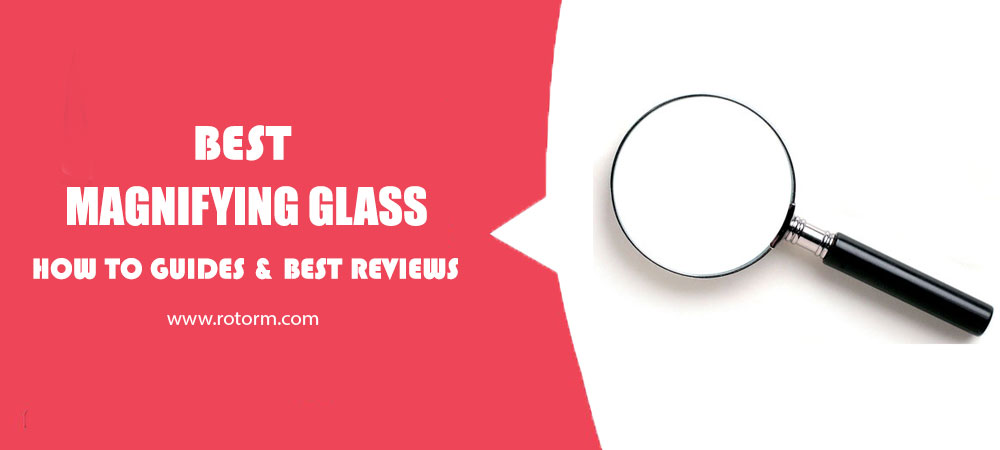
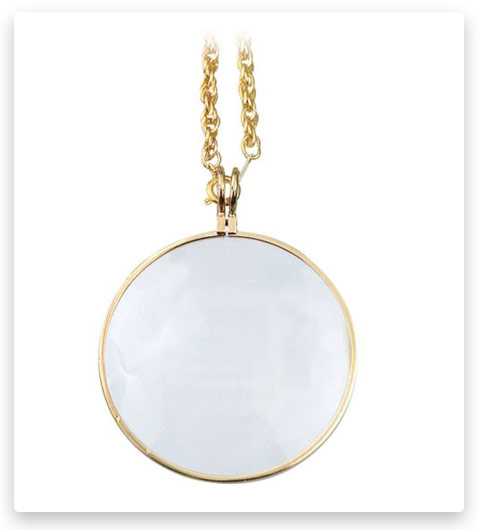
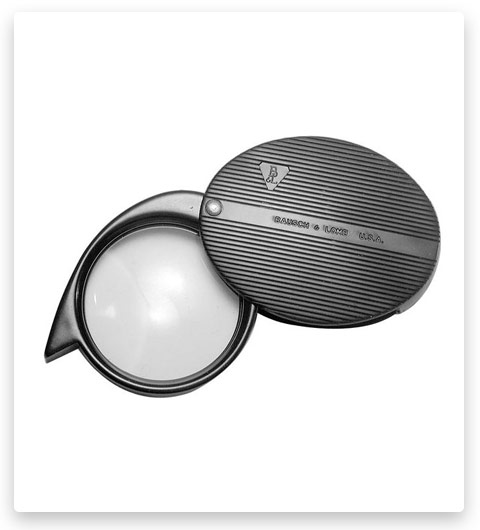
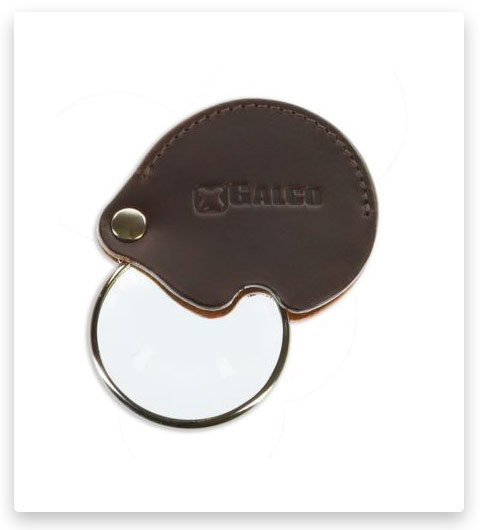
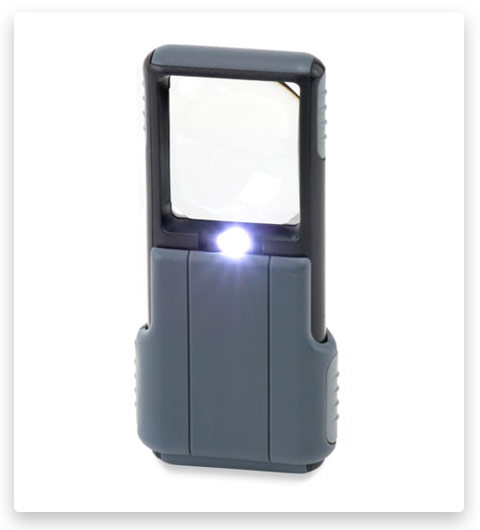
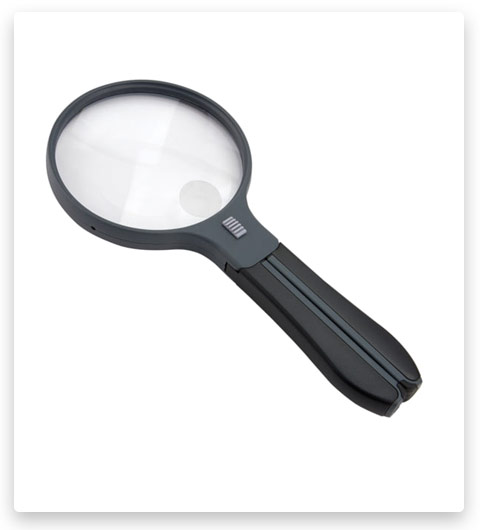
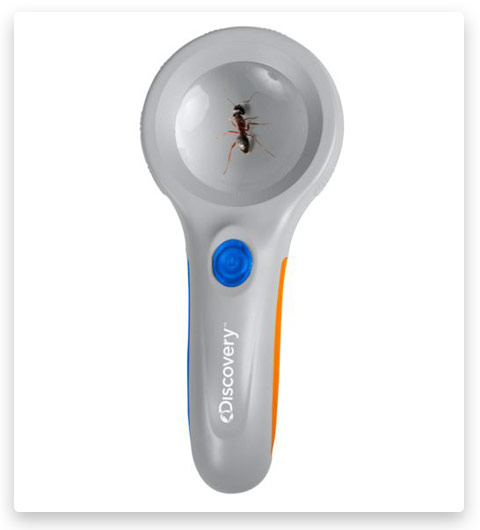
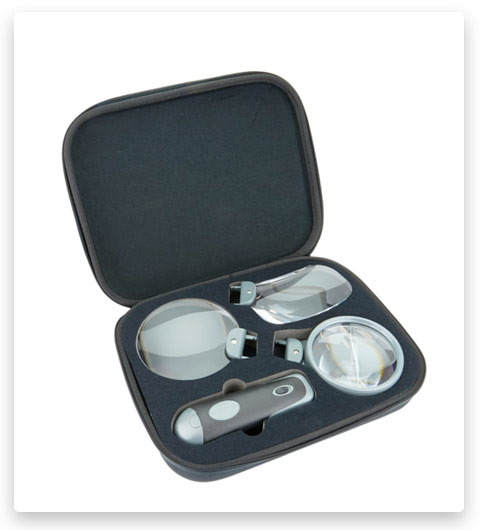
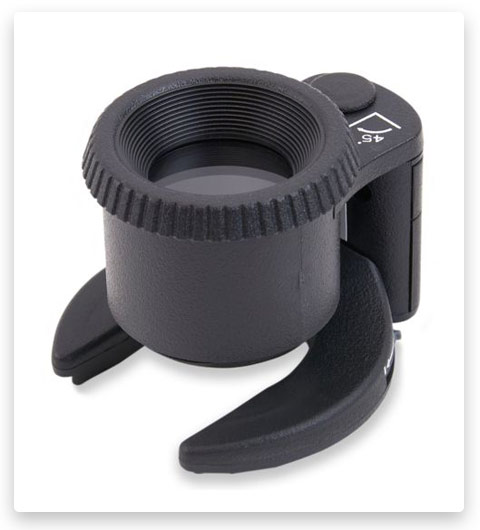
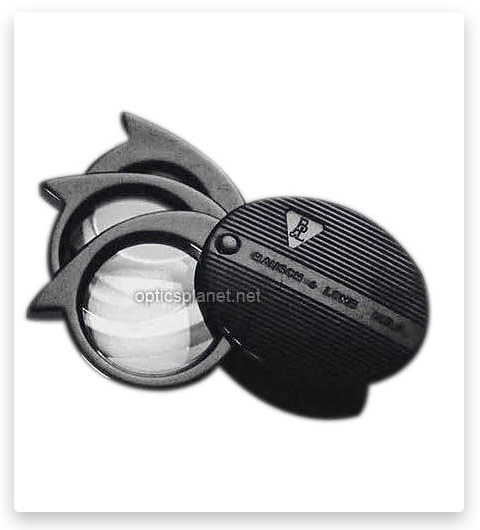
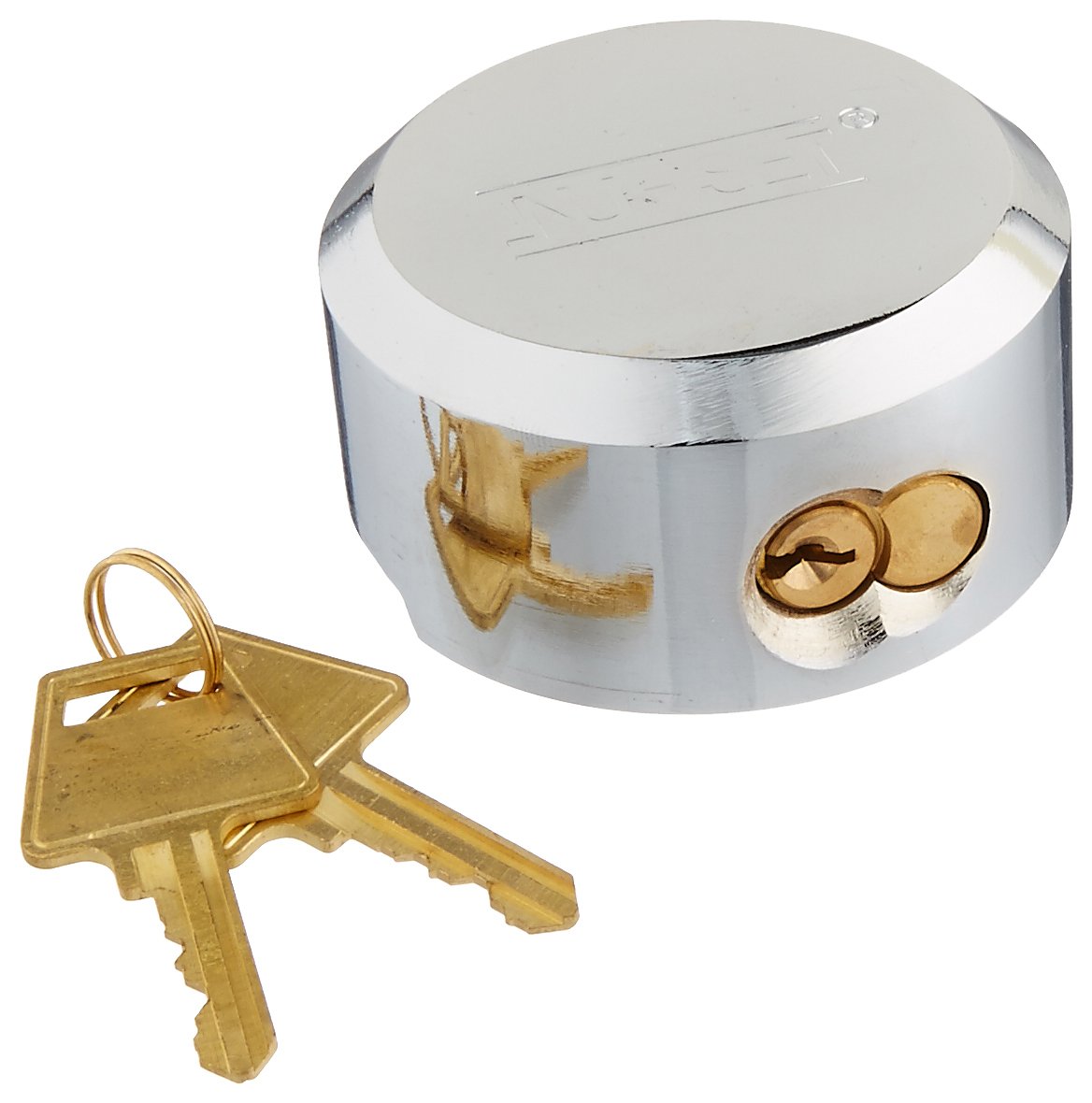
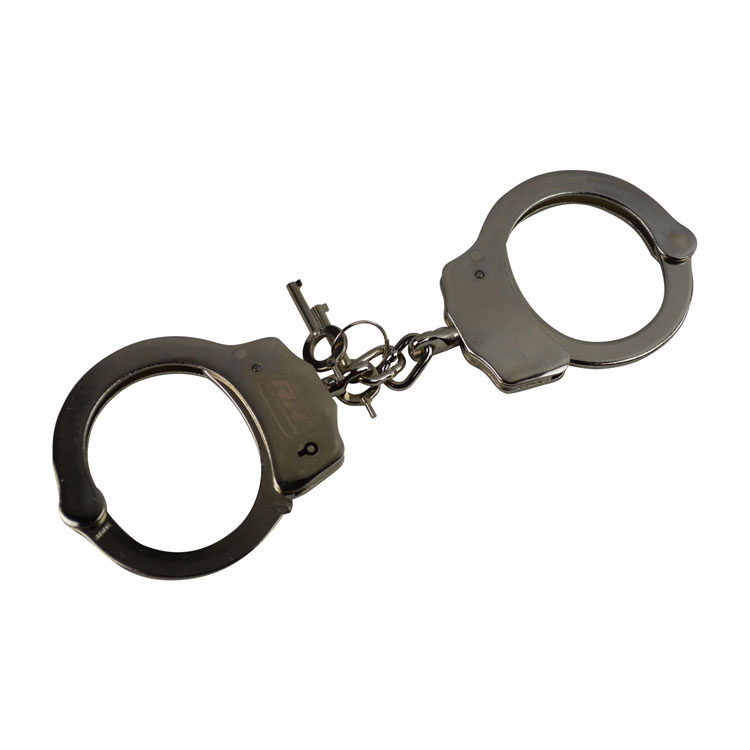
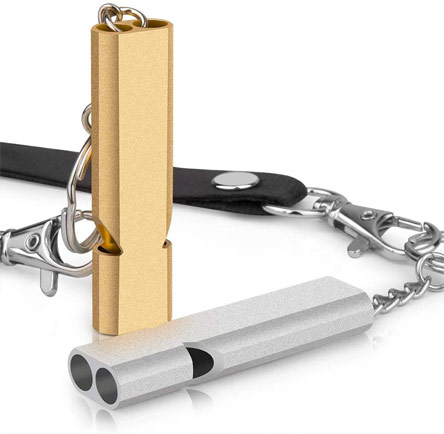
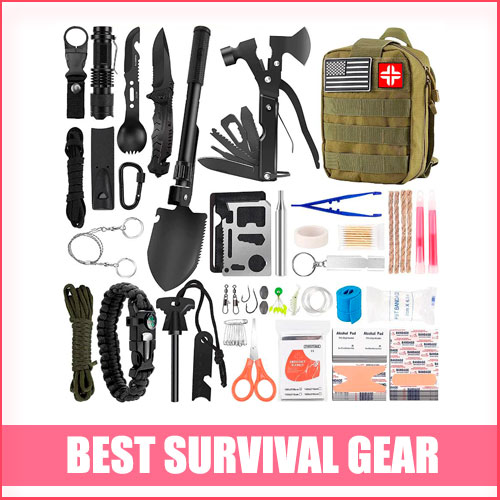
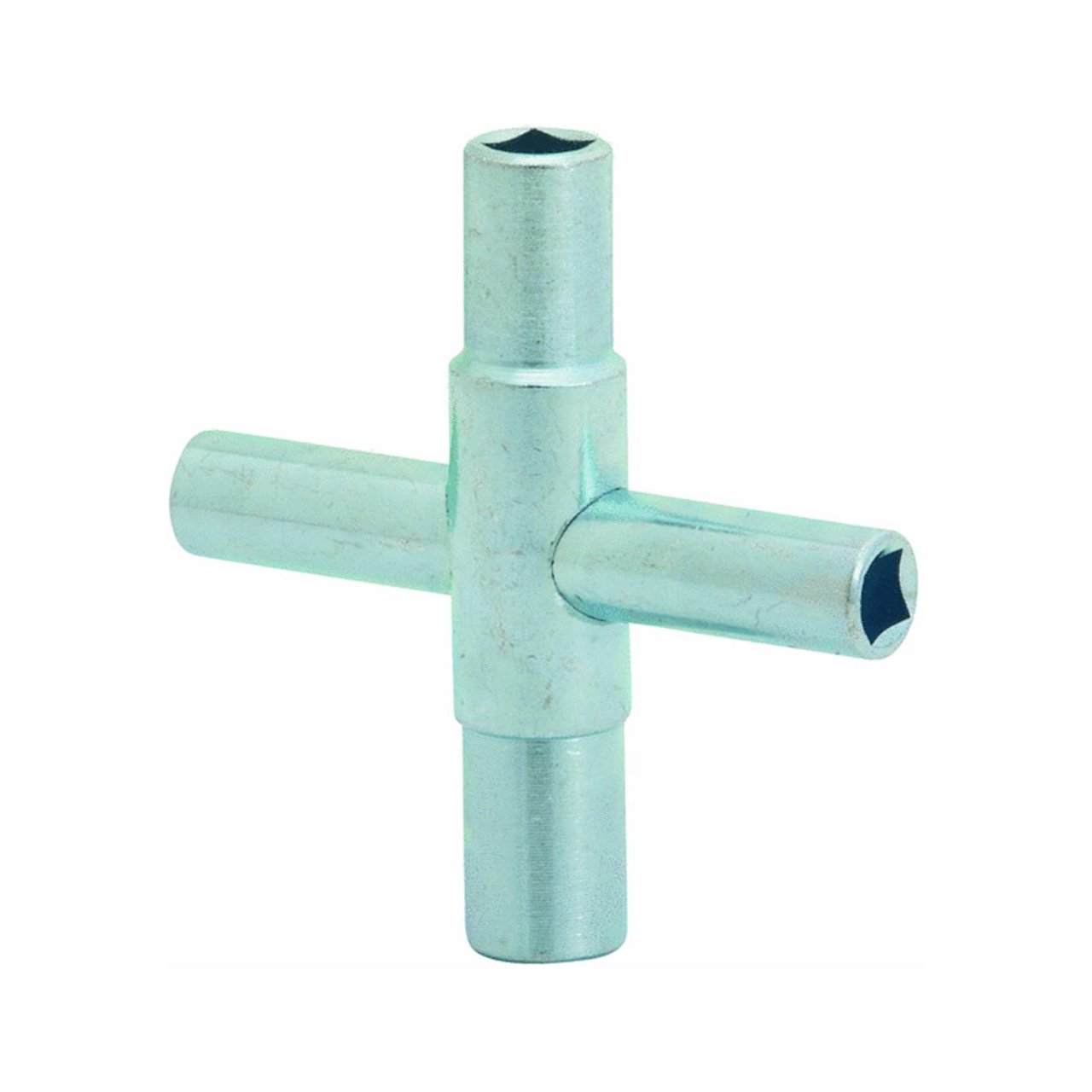
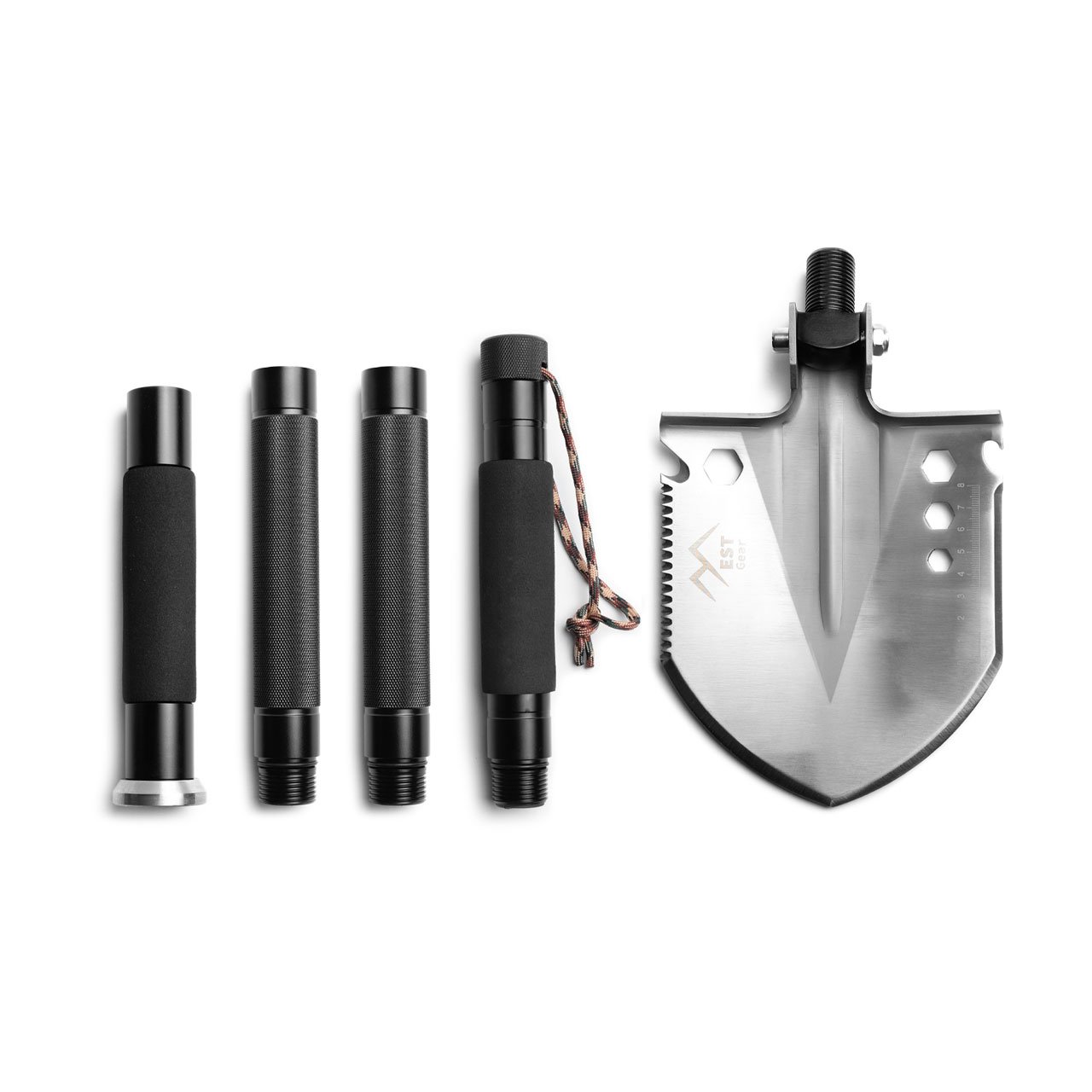
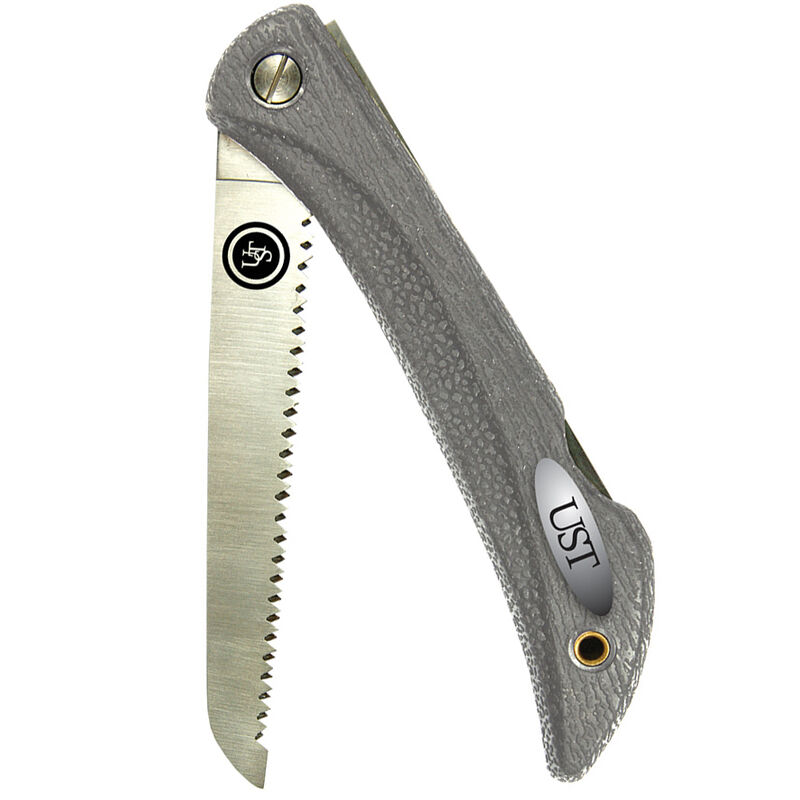
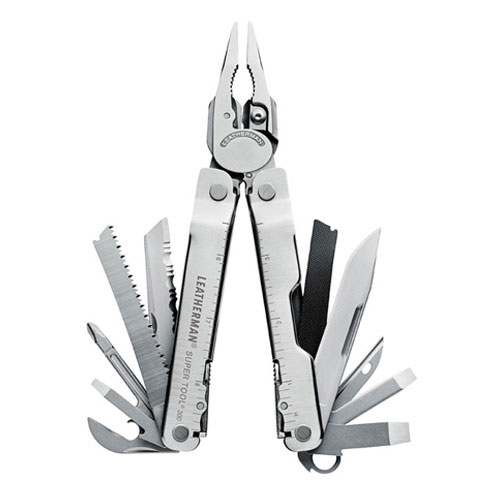
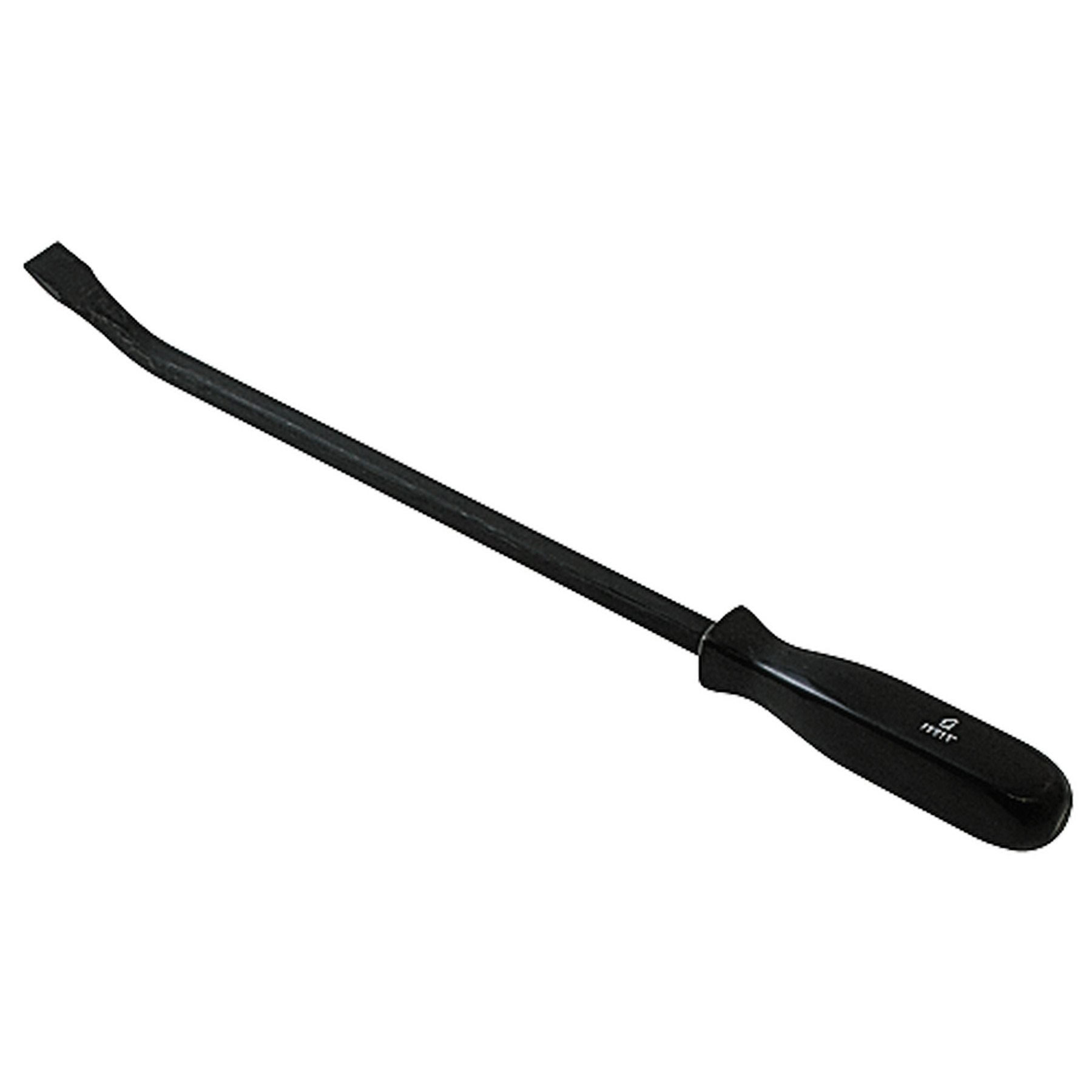
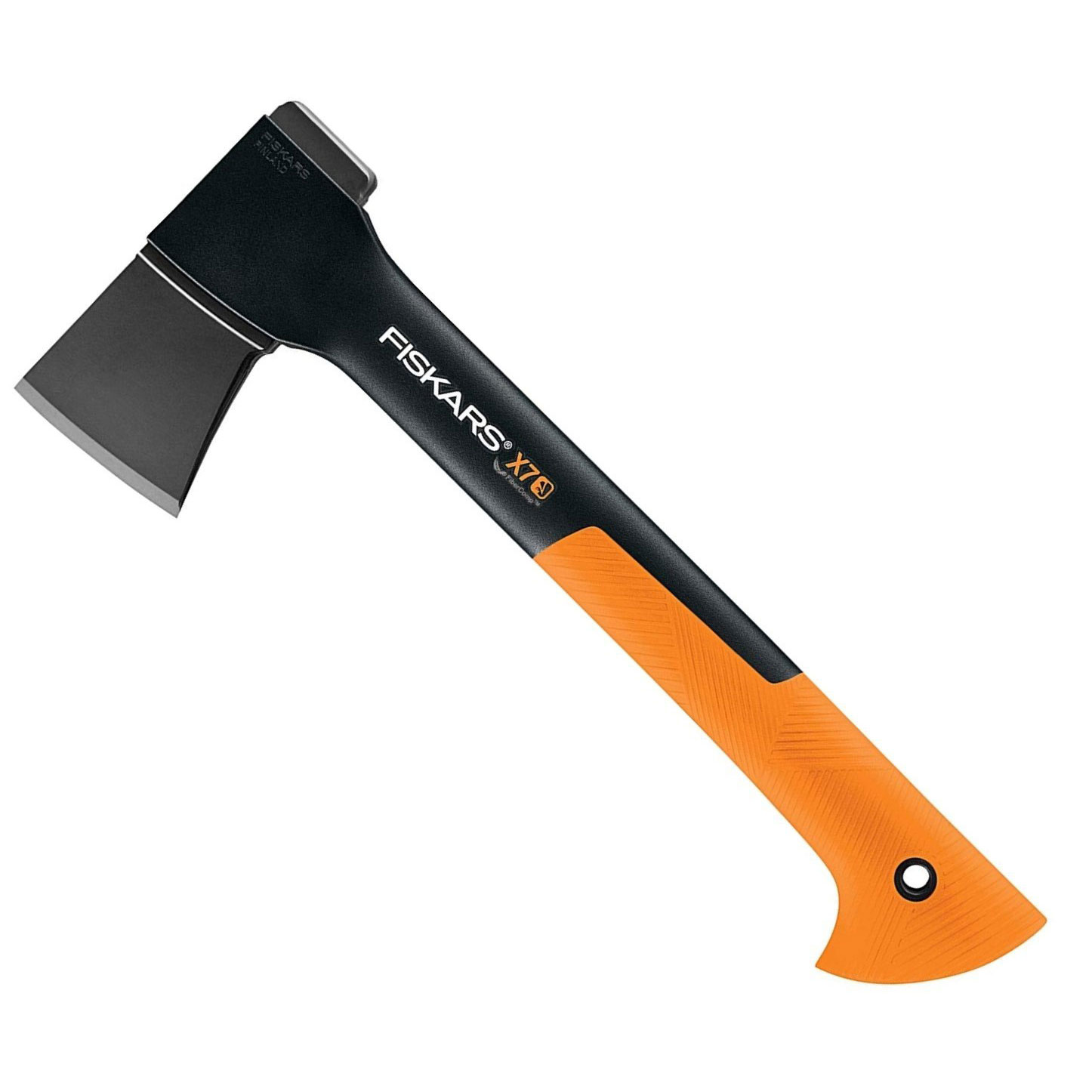
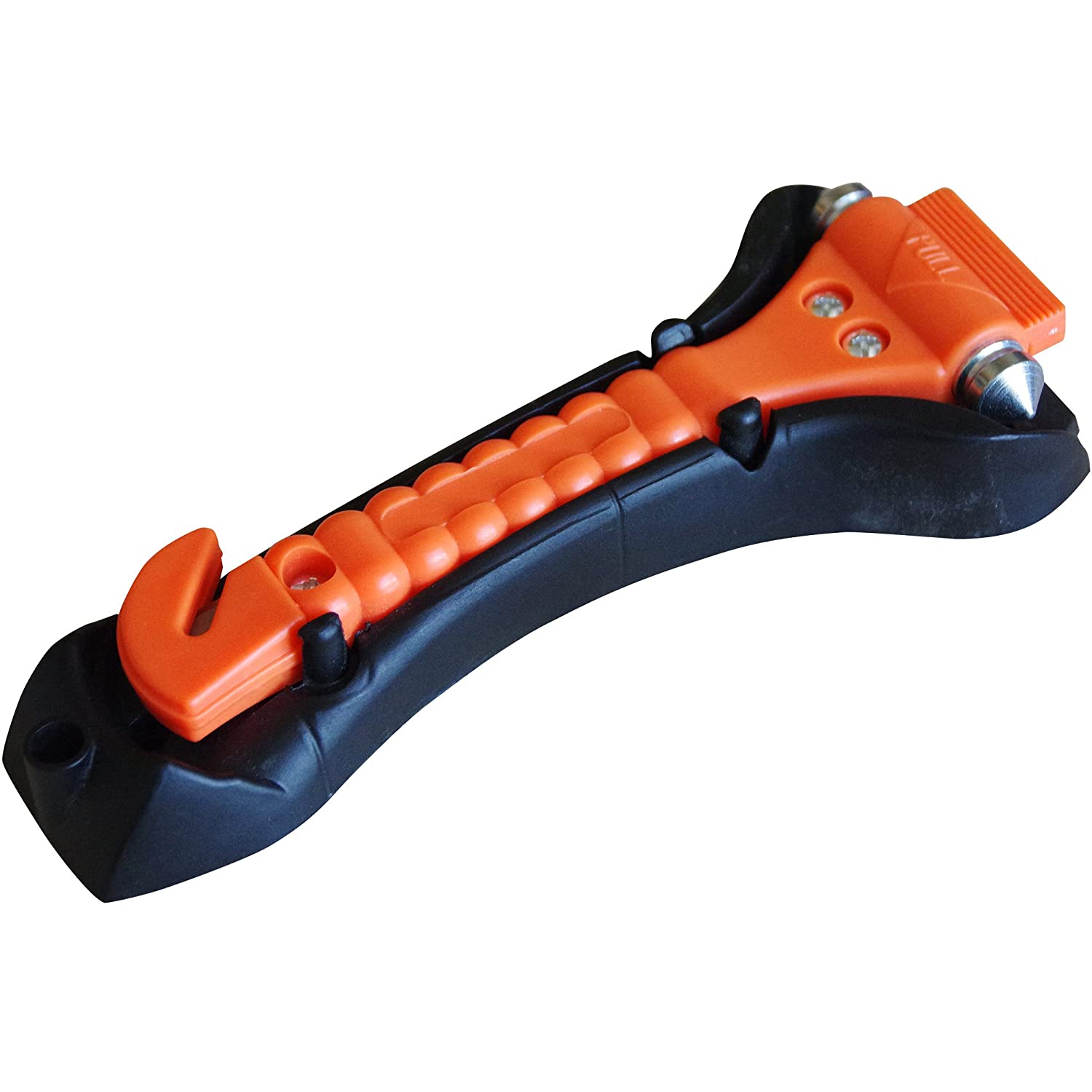
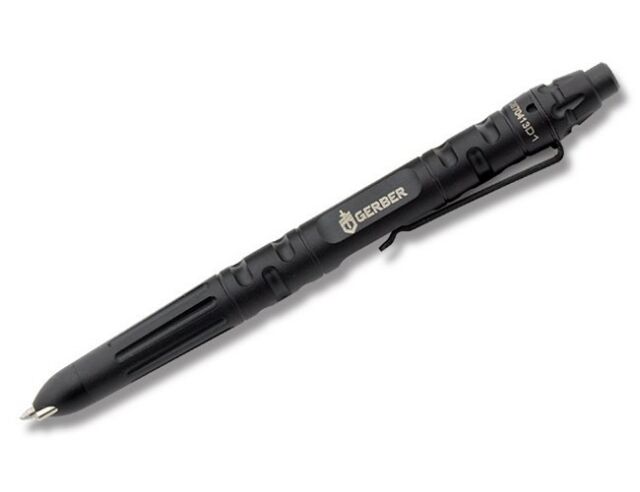
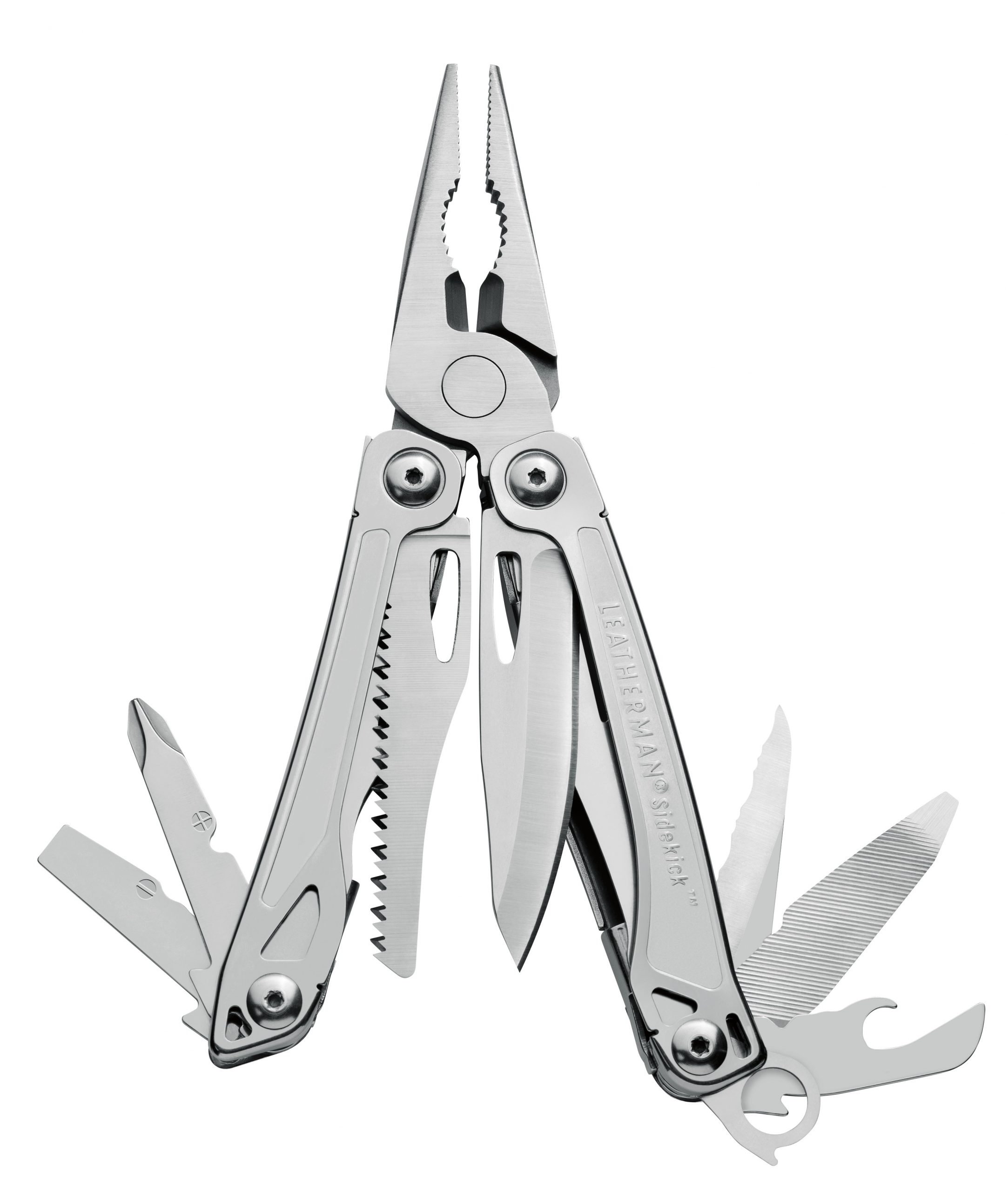
The Bausch & Lom magnifier loupe has been a great tool for my watch repair work. The range of magnification options is very useful. I’m wondering if there’s a version with even higher magnification?🙄
✅Yes, Bausch & Lomb does offer a version of their magnifier loupe with even higher magnification. The Hastings Triplet Magnifier has a magnification power of 14x. This makes it ideal for precision work, such as watch repair. It also features a black-coated lens to reduce glare, and a swing-away, a nickel-plated case that protects the lens and serves as a handle.
The Hastings is a bit more expensive than other Bausch, but it is a great option for those who need the extra magnification for their work.
Here are some of the pros and cons of it:
➕Pros:
➖Cons:
If you are looking for a high-powered magnifier loupe for precision work, it is a great option.👍 However, if you are looking for a more portable, there are other models that may be a better fit for you.
I recently got the Discovery Kids LED Magnifying Glass for my son and he loves it. It’s sparked his interest in nature and he’s always out in the garden looking at bugs and plants. I’m curious if there are similar products designed for older kids or adults?
That’s great to hear that your son is enjoying Discovery Kids and exploring the wonders of nature! 👍There are indeed similar products available for older kids and adults that can enhance their exploration and observation skills. Here are a few options you may consider:
These are just a few examples, and there are many other products available on the market. It’s always a good idea to read product descriptions, and reviews, and compare features to find the one that best suits your specific needs and preferences.
I bought the Carson MiniBrite 5x Magnifying Loupe Glass for my grandmother who loves to read. She’s very happy with it, especially the built-in LED light.
I bought the Reizen Golden Pendant Magnifier Loupe and I love that it’s both functional and fashionable. However, I’m wondering if the gold plating requires any special care to keep it looking its best?
🥇Gold plating, like any other type of plating, requires some care to maintain its appearance over time. Here are a few general tips to help keep your gold-plated loupe looking its best:
It’s important to note that the specific care instructions may vary depending on the quality and composition of the gold plating used on. If the manufacturer provides any specific care guidelines, it’s advisable to follow them for the best results.
I’ve been using the Carson 4.5x SensorMag Magnifier SM-44 for cleaning my camera lenses and it’s been a great help. The built-in LED lights make it easy to spot any dust or smudges.
I noticed that some of the magnifying glasses have interchangeable lenses. How easy is it to switch these out, and are additional lenses typically included or do they need to be purchased separately?
✅The ease of switching out lenses can vary depending on the specific design and manufacturer. However, in many cases, the process of changing is relatively straightforward and can be done without specialized tools.
✅Some of them come with a set of interchangeable lenses, offering different levels of magnification for various purposes. These additional lenses are often included in the initial purchase, but it’s essential to check the product description or packaging to confirm if they are included or need to be purchased separately.
✅To switch out it, you typically need to unscrew or detach the existing lens from the frame or holder. Then, you can insert the desired lens into the designated slot or attachment point and secure it in place.
✅The method of attachment can vary, with some magnifiers using a screw-in mechanism or a clip-in system. The specific instructions for changing lenses should be provided by the manufacturer and can be found in the product manual or packaging.
🔴If you’re unsure about the process or concerned about damage while switching lenses, it’s advisable to consult the product documentation or contact the manufacturer for guidance. They will be able to provide you with detailed instructions or support specific to the model you own.
The article suggests that a 2X to 4X magnification should suffice for casual reading or hobbies. However, I’m into model building and sometimes need to see very small details. Would a higher magnification be better for this?
✅Yes, for activities that require viewing very small details, a higher magnification level can be beneficial. While a 2X to 4X magnification range is suitable for casual reading and hobbies, it may not provide the level of detail required for intricate model building.
❗When it comes to model building, especially for working on fine details or small parts, magnifiers with higher magnification power can be advantageous. Magnifiers with magnification levels ranging from 5X to 20X or even higher are available for such purposes.
However, it’s important to consider a few factors when selecting a higher magnification level:
🏁Considering these factors, you may want to explore magnifiers with adjustable magnification or models that offer interchangeable lenses. This way, you can select the appropriate level of magnification based on the specific details you need to work on.
The article mentions that some magnifying glasses come with built-in LED lights. How long do these lights typically last before they need to be replaced?
🔵Their longevity can vary depending on factors such as the quality of the LEDs, the intensity of usage, and the specific product design. However, they are generally known for their long lifespan compared to traditional incandescent or fluorescent bulbs.
🔵They are commonly used in magnifying glasses and can last for thousands of hours of continuous use before needing replacement. Many models feature energy-efficient that consume very little power and provide a long-lasting light source. On average, the magnifying glasses can last anywhere from 10,000 to 50,000 hours or more, depending on the specific product.
🔵It’s worth noting that the actual lifespan may also depend on the quality and brand. Higher-quality magnifiers tend to use better components, including more durable and long-lasting LEDs.
🔵If the in your magnifying glass do eventually burn out or dim over time, they may require replacement. In some cases, they are not replaceable individually, and the entire magnifier may need to be replaced. However, there are also models available where that can be replaced separately, allowing you to extend the lifespan.
🔵To determine the specific lifespan of a particular magnifying glass model, it’s best to refer to the manufacturer’s specifications or user manual. These resources should provide information on the estimated lifespan of the LEDs and instructions on how to replace them if needed.